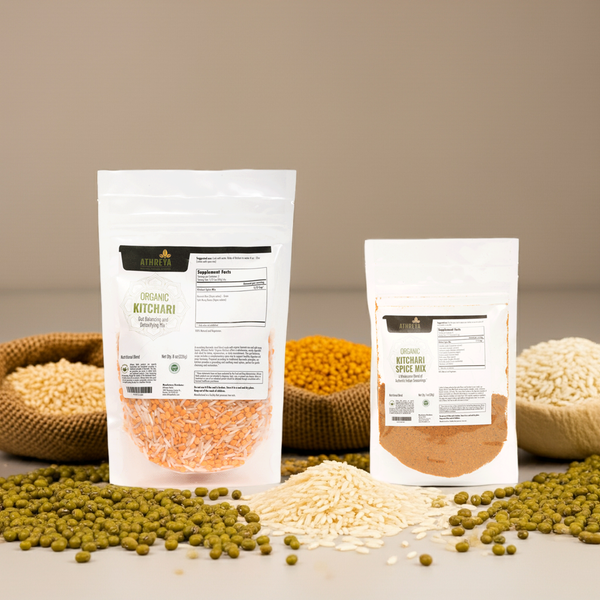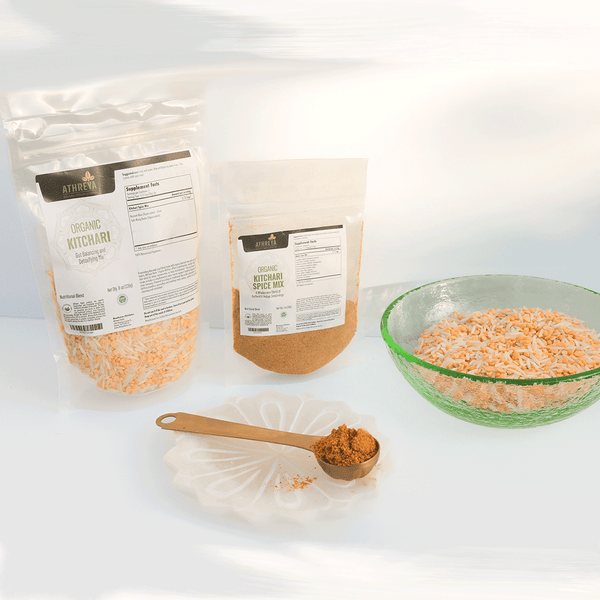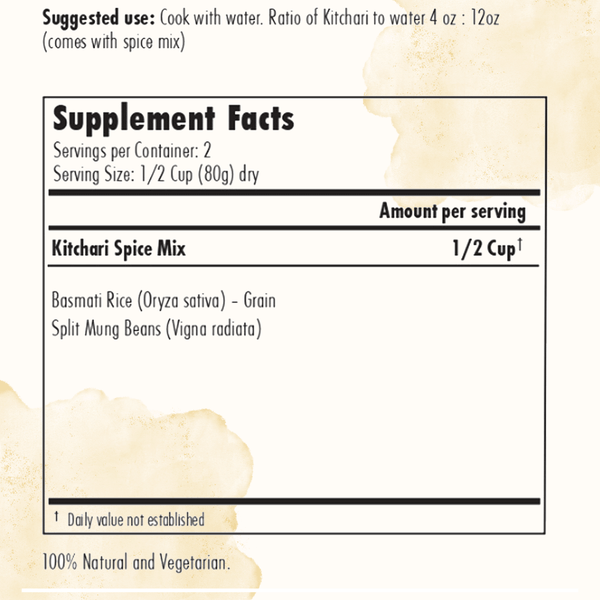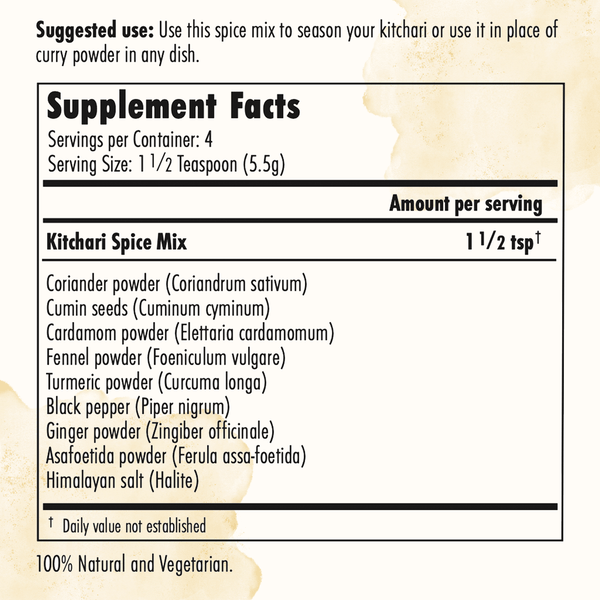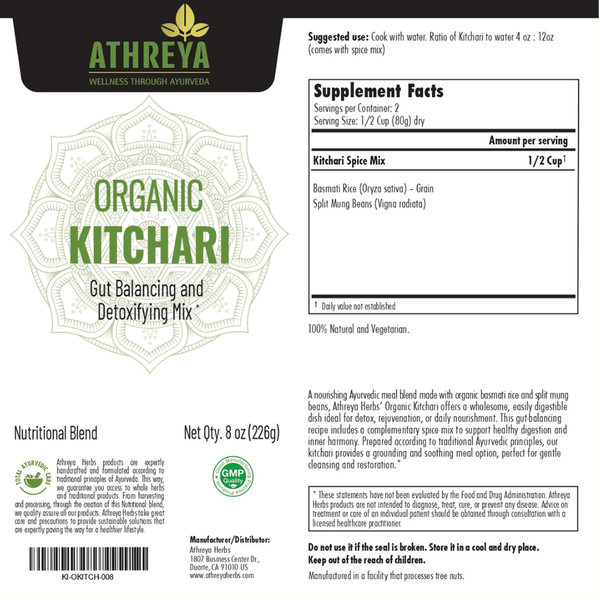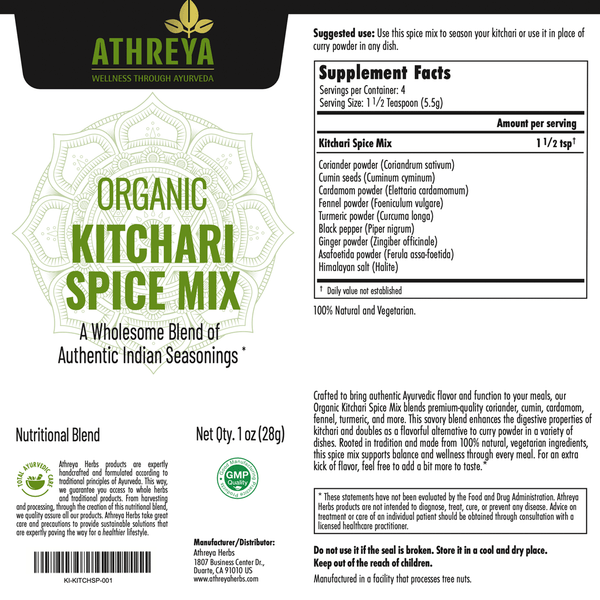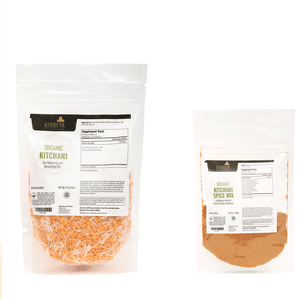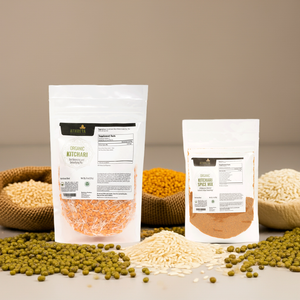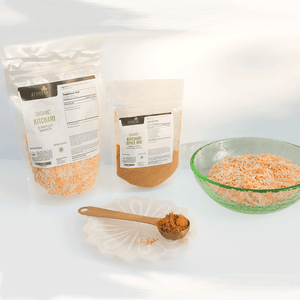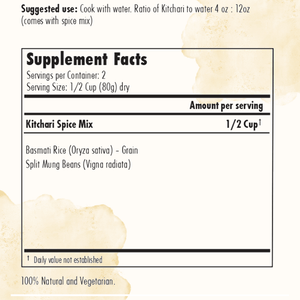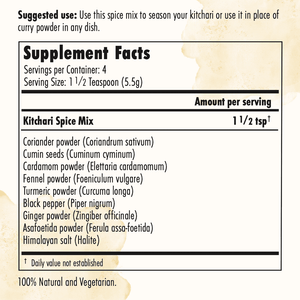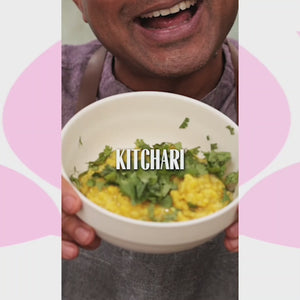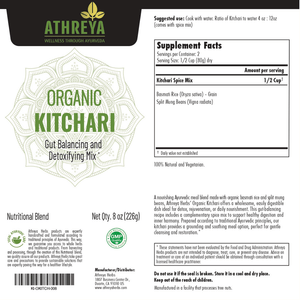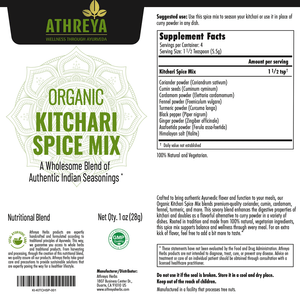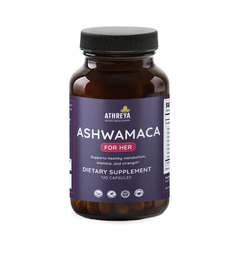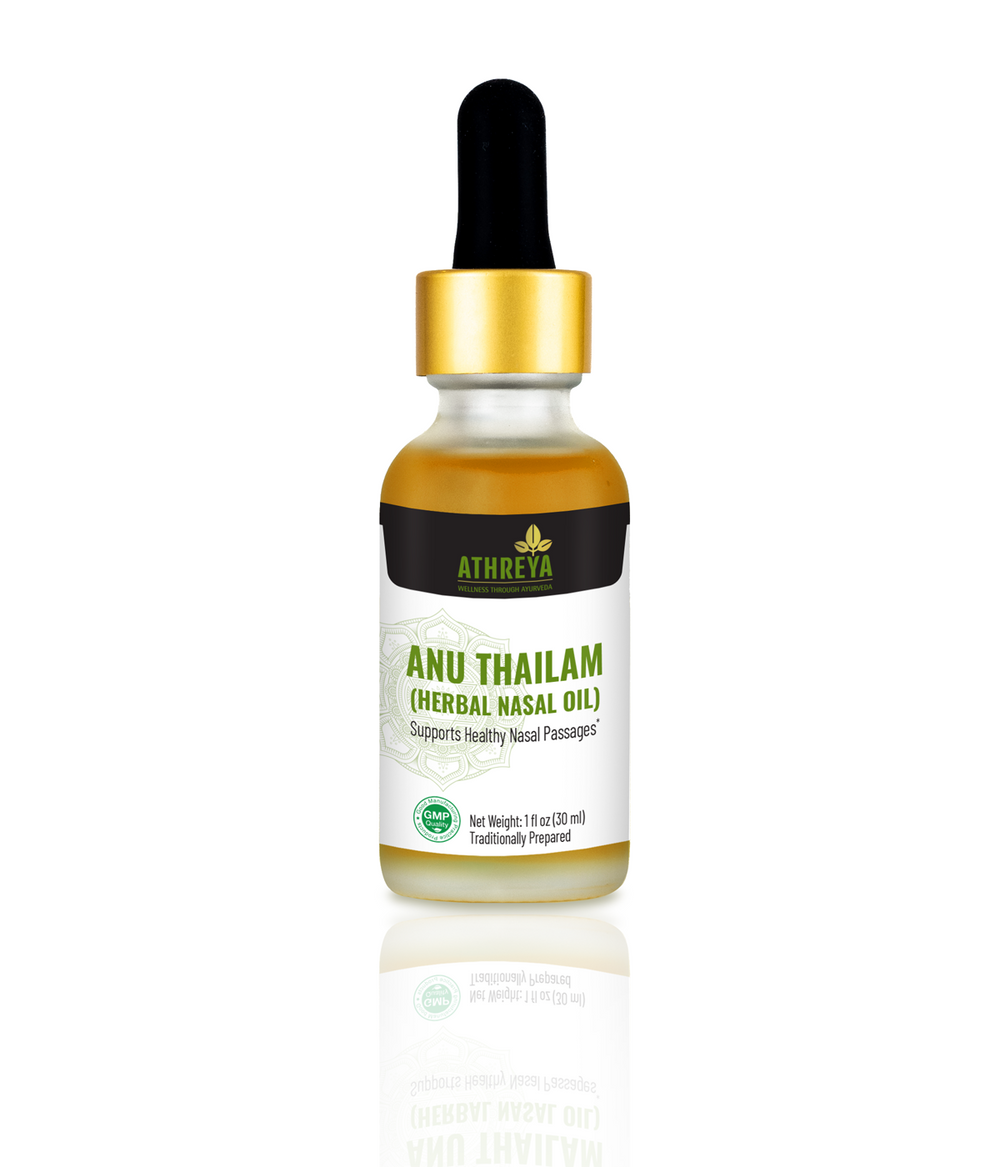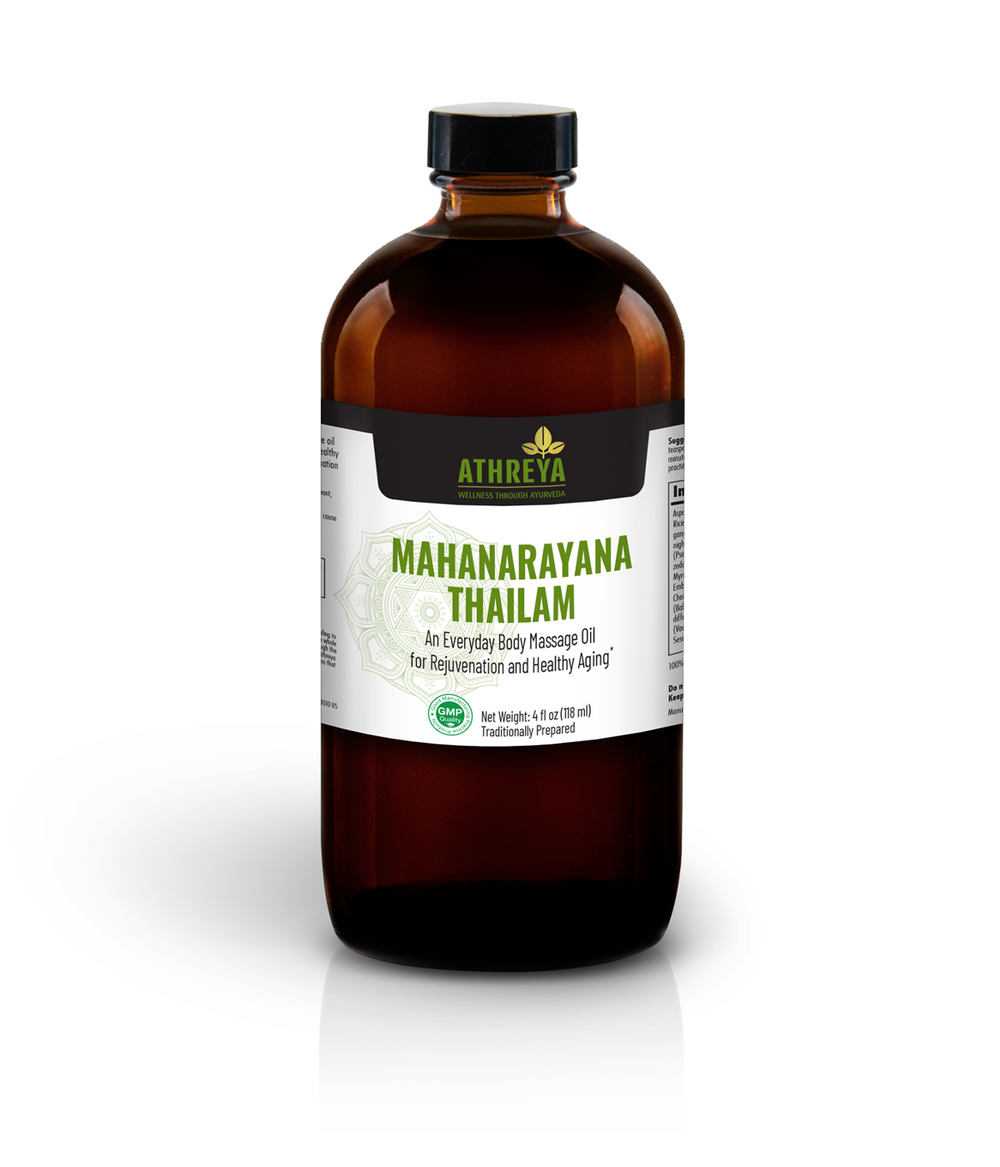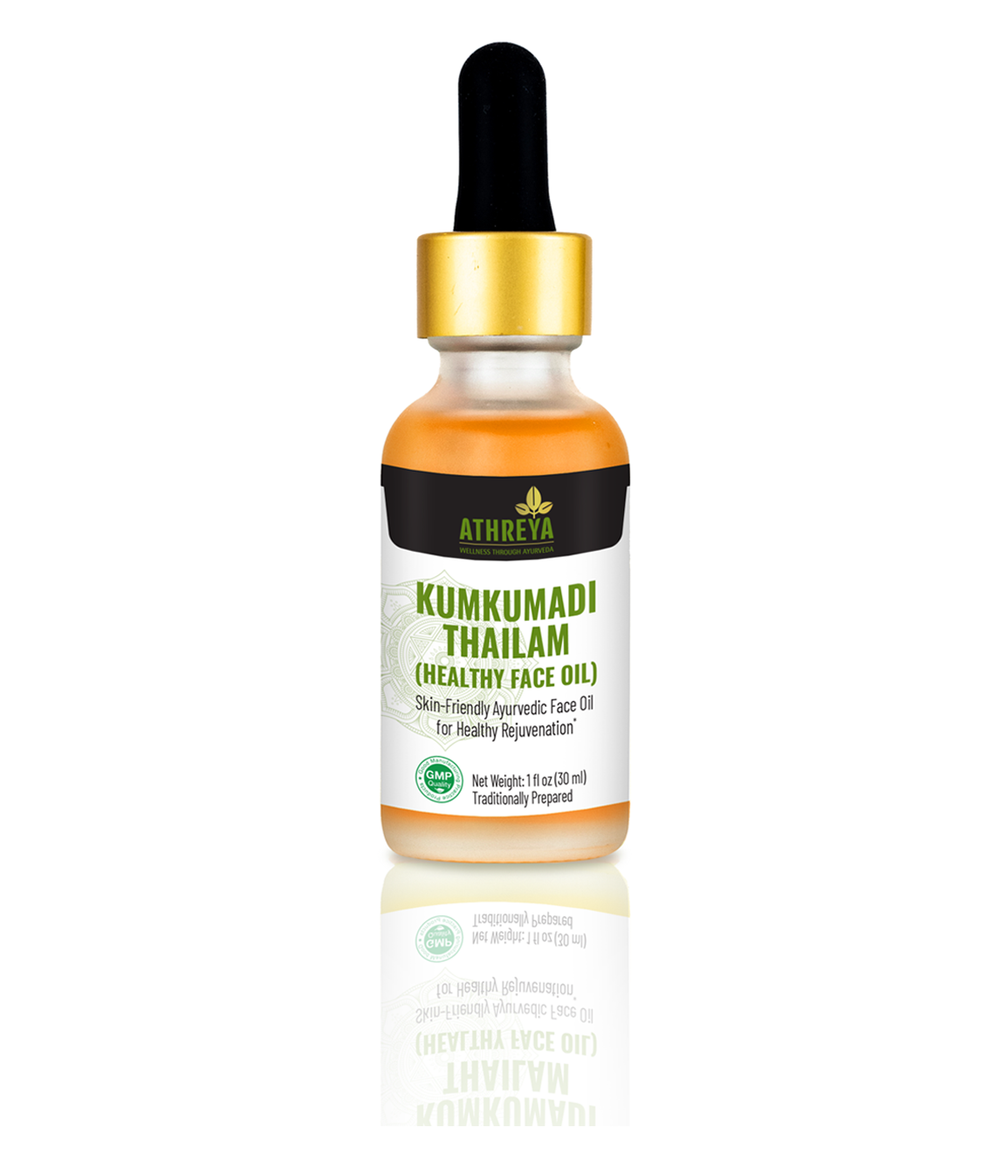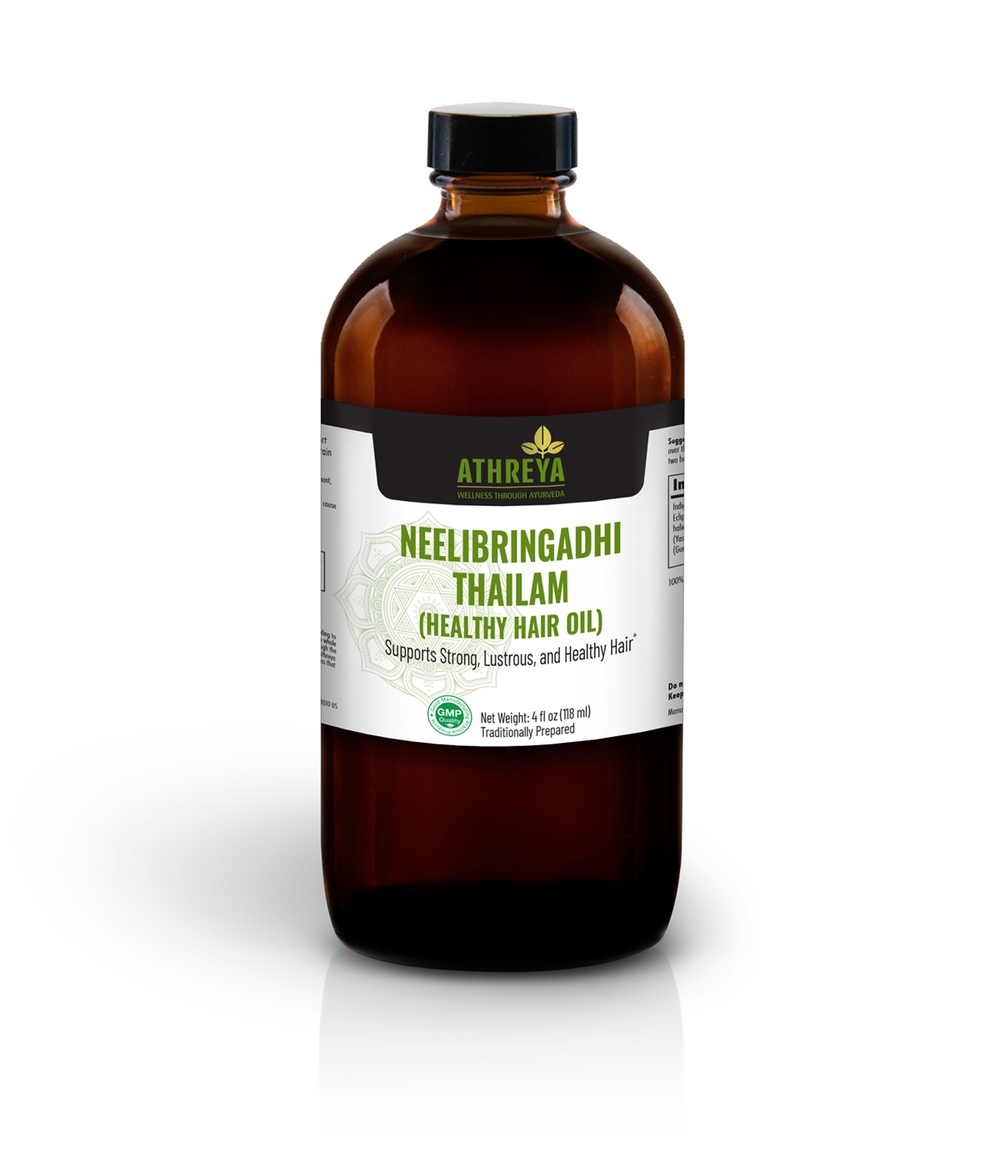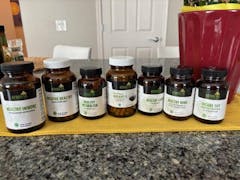Kitchari: The Elixir of Ayurvedic Nutrition
In the world of Ayurveda, there’s one dish that stands above all for its healing, nourishing, and balancing properties — Kitchari.
Whether you're new to Ayurvedic eating or deeply rooted in it, Kitchari is a staple you simply can’t miss. It's not just food — it’s medicine. Known as a cleansing and grounding dish, Kitchari is easy to digest and even easier to absorb, making it a powerful tool for gut health, metabolism, and long-term vitality.
What Is Kitchari?
The word Kitchari comes from the Sanskrit Krishara, meaning a mix — typically of aged basmati rice and split or whole mung beans. These two humble ingredients form the base of a deeply nourishing one-pot dish suitable for all doshas — Vata, Pitta, and Kapha.
Kitchari is gentle enough for detox yet robust enough to nourish. It’s endlessly adaptable with seasonal vegetables, nuts, and fats to create a meal that supports your body throughout the year.
Why It Matters: Digestion Meets Absorption
We often focus on what we eat — but Ayurveda reminds us that how we absorb food is just as important. Kitchari is designed to support both digestion and absorption. The mung bean provides about 26g of protein per 100g, making it one of the most digestible plant proteins. It’s also high in fiber and magnesium, and studies have shown it may support blood sugar regulation, reduce cholesterol and triglycerides, and offer anti-inflammatory benefits.
Ayurveda classifies mung bean as astringent and light, which helps balance excess fat and promote a clear digestive system.
The Role of Spices
Kitchari’s healing power also lies in its spice blend. Jay’s signature Ayurvedic spice mix includes:
-
Coriander
-
Cardamom
-
Fennel
-
Turmeric
-
Ginger
-
Black pepper
-
Ajwain seeds (just a pinch)
These spices don’t just flavor the dish — they activate your digestive fire (agni), support nutrient absorption, and enhance metabolism.
How to Make Kitchari (Jay’s Way)
Jay prepares his Kitchari using equal parts basmati rice and mung beans (about ¾ cup each), simmered with 1¾ cups of water, a dash of Himalayan salt, and one teaspoon of Athreya’s spice mix. The mixture is cooked until it becomes soft and mushy — warm, comforting, and incredibly satisfying.
Want to personalize it? Add seasonal vegetables like zucchini, carrots, green beans, or even pumpkin and sweet potato. Want more density? Toss in some nuts like almonds or cashews.
And don’t forget the finishing touches:
-
A drizzle of ghee, coconut oil, or (in Jay’s unique twist) a touch of olive oil
-
A squeeze of fresh lime
-
A sprinkle of chopped cilantro
The Final Result?
A bowl of golden, aromatic, deeply satisfying Kitchari — what Jay calls the ambrosia of Ayurvedic nutrition. Whether you’re recovering from illness, looking to reset your digestion, or simply wanting a wholesome, healing meal, Kitchari is your go-to.
Eat it once. Eat it often. Eat it for 100 years of wholesome nutrition.
*Please consult with your physician prior to the use of this product if you are pregnant, or nursing, or on medication, or have a medical condition. Do not use it if the seal is broken. Store it in a cool and dry place. Keep out of the reach of children.*




